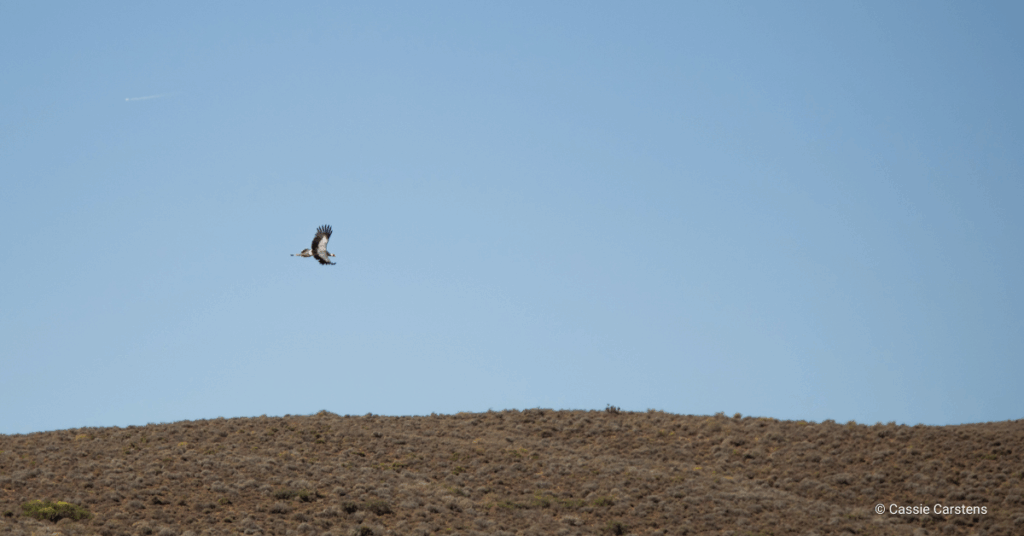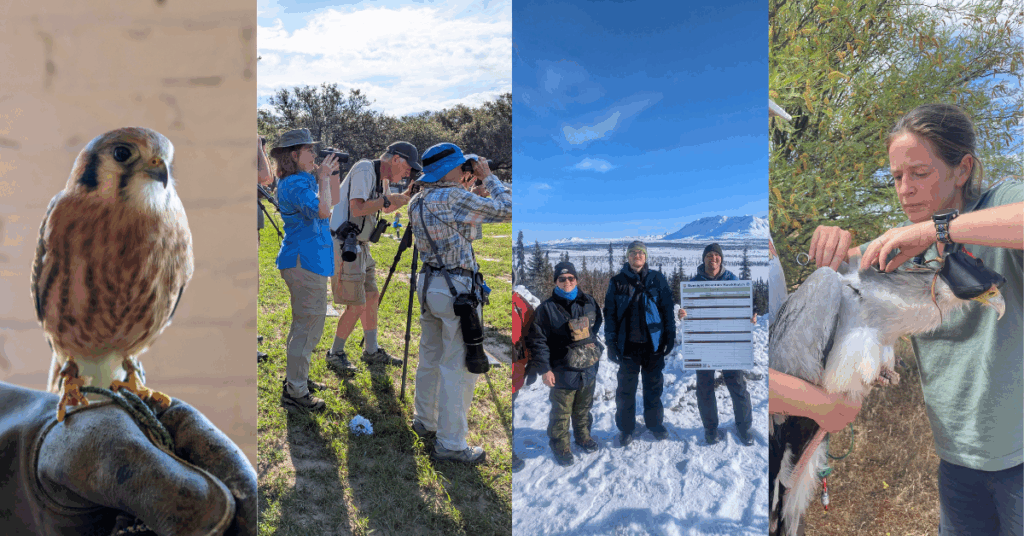Coverage of the recent Gulf Coast oil spill, a.k.a Deepwater Horizon, has overwhelmed our public discussions since it first started gushing from the ocean floor on April 20. The initial explosion that set the tragedy in motion killed 11 platform workers and injured 17 others. The Deepwater Horizon spill has surpassed in volume the 1989 Exxon Valdez spill 20 times over as the largest ever to originate in U.S.-controlled waters. As of August 4, 2010, it was estimated that 205 million gallons of oil had spilled during the leak.
More than 400 species live in the islands and marshlands in and near the Gulf Coast, including the endangered Kemp’s Ridley Sea Turtle. The area offers one of only two worldwide spawning sites for endangered Bluefin Tuna. A comprehensive inventory of offshore species in the Gulf of Mexico completed in 2009 reported 15,700 species of sea life, with those in the area of the oil spill numbering 8,332 plant and animal species, including more than 1,200 fish, 200 bird, 1,400 mollusk, 1,500 crustacean, 4 sea turtle, and 29 marine mammal species.
How will all of this affect raptors? Since the sheer scale of this disaster is without precedent, we don’t have the scientific knowledge to foretell the future. Nevertheless, I sat down and discussed the oil spill and the possible implications for raptors with HWI Conservation Director Dr. Steve Slater. With 13 years of raptor migration data from two Gulf Coast sites in Texas, these are obvious questions we must ask ourselves as stewards of raptors and their broader habitats. While none of us knows how wildlife may be affected by the spill, we wanted to share with you what we have learned from other oil spills and what we might expect to see with this one.
NP: Everyone has been following the Gulf Coast oil spill, what do you see as the largest potential effects on raptors?
SS: It is important to look at both the potential immediate and long-term impacts for raptors as a result of the oil spill.
The immediate and direct impacts for raptors are the birds themselves and their eggs potentially being coated by oil.
Longer-term and indirect impacts are likely to be associated with the food web and habitat changes. Osprey and bald eagles will fish for prey, while other raptors may be attracted to disabled/struggling shorebirds and other wildlife on beaches, barrier islands, and in marshes (e.g., similar to skim ponds/reserve pits). Changes in habitat, such as die-off of seagrasses, shoreline loss, etc. may have long-term impact on productivity of the area, which may have a trickle-up effect on raptors.
Previous disasters give some indication of the potential impacts to raptors. For example, approximately 250 Bald Eagles died in Prince William Sound in the months immediately following the spill, and reproductive success was reduced the year of the spill (1989), although it is important to note that Alaska in general, and the shoreline habitats of the Sound in particular, support a relatively high concentration of nesting eagles. Research in subsequent years suggested that survival and reproduction were not impacted in the long term. Similarly, following the Prestige oil spill of the coasts of Spain and France, researchers found an increase in adult Peregrine Falcon mortality and nest losses related to the spill. Peregrine Falcons will regularly prey on water and shorebirds and likely were contaminated with oil through their prey. While Peregrines do not breed in the Gulf area, they may come into contact with contaminated prey during their migration this fall and next spring.
NP: Will migration be affected? How does the work that HWI does factor into determining these effects?
SS: We are not certain if migration will be directly impacted for most raptors, as most migrate overland, and those that do cross over water do so in a single shot (i.e., they can’t rest on the water as waterbirds can). Indirect impacts may be realized through those things discussed above, like attraction to disabled birds/contaminated prey and potential long-term changes in habitat/productivity in the region.
NP: Which species are likely to be most affected and why?
SS: The raptors that rely on wetland habitats and/or feed on aquatic species are likely to be most affected, such as Bald Eagles and Ospreys.
NP: How can our members help in the long term?
SS: Continue to support long-term migration research. We can’t predict when or where an environmental disaster will occur, but we can accurately gauge the impacts of such disasters by having pre-disaster baseline data. Scientists scrambled in the days, weeks, and months following the Gulf Coast disaster to collect as much baseline data as possible to reference against, but of course, the utility of this data will be severely limited due to the narrow window of time in which it was collected.



